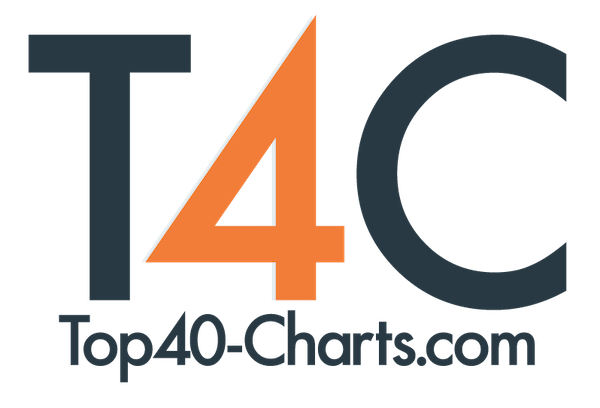New York, NY (Top40 Charts) The
Music Publishing industry has endured challenging conditions over the past five years, which have constrained revenue growth. Technological change has affected industry performance, as high-speed internet connections have shifted consumer preferences towards online music formats, including streaming platforms, online stores, subscription-based services, and smartphone and tablet applications. This shift has increased demand and created new revenue sources, but has simultaneously introduced problems for the industry. Physical music sales have declined significantly and online music piracy has become more prevalent. As a result, industry revenue is estimated to decline at a compound annual 0.3% over the five years through 2014-15. Revenue is set to fall by 2.7% in 2014-15, to reach $704.4 million. There has been consolidation in the industry over the past five years, as Centenary Australia acquired EMI Group (Australia) Holdings in June 2013, following Universal
Music Publishing's global acquisition of EMI in
September 2012. The 2012 deal was worth $1.9 billion and significantly increased the market share of Centenary Australia, the parent company of Universal
Music Publishing. According to IBISWorld industry analyst Spencer Little, "advances in recording technology have led to many musicians and composers recording and publishing their own music, bypassing the
Music Publishing industry's services." This new technology allows smaller artists to take greater control of their music and retain royalties.
Over the next five years, demand for industry services is expected to remain subdued. "The increased prevalence of online music piracy and the lack of effective industry regulation are likely to negatively affect the industry's performance over the next five years," says Little. However, new online formats are expected to continue generating revenue, and increased discretionary spending is also likely to aid the industry. In addition, increased demand for licensed music from downstream motion picture and video producers is expected to assist industry operators.
A medium market share concentration characterises the
Music Publishing industry. In 2014-15, the industry's four largest players are estimated to account for just over half of total revenue. Centenary Australia is the largest player in the industry and has increased its market share over the past five years, after its global parent Universal
Music Group purchased EMI
Music for $1.9 billion in 2012. The major takeover attracted some criticism from several smaller independent music publishers, after the ACCC allowed the acquisition despite claims it would drastically reduce competition in the industry. This trend, coupled with the loss of market share from the industry's other two players, has kept market share concentration relatively stable over the past five years. Market share concentration also tends to vary depending on a firm's main operations. For example, many sound recording studios are non-employing and operators act as sole-proprietors. In addition, individual sound recording studios tend to generate small amounts of revenue and therefore have negligible market shares. In contrast, according to ABS counts of business data, in 2012-13 over 10.0% of music publishers generated more than $2.0 million in revenue. This trend suggests that many music publishers have small-scale operations, but to a lesser extent than sound recording studio operators.
For more information, visit IBISWorld's
Music Publishing industry in Australia report page.
Companies in the industry primarily acquire and register copyrights for musical compositions and authorise the use of these compositions on a range of platforms including radio broadcasts, television programs, films, live performances and online formats. The industry also includes companies that produce original master recordings and complete other sound recording activities.
Follow IBISWorld on Twitter: https://twitter.com/#!/ibisworldau
IBISWorld industry Report Key Topics
Industry Performance
Executive Summary
Key External Drivers
Current Performance
Industry Outlook
Industry Life Cycle
Products & Markets
Supply Chain
Products & Services
Major Markets
International Trade
Business Locations
Competitive Landscape
Market Share Concentration
Key Success Factors
Cost Structure Benchmarks
Basis of Competition
Barriers to Entry
Industry Globalisation
Major Companies
Operating Conditions
Capital Intensity
Technology & Systems
Revenue Volatility
Regulation & Policy
Industry Assistance
Key Statistics
Industry Data
Annual Change
Key Ratios
About IBISWorld Inc.
Recognised as the nation's most trusted independent source of industry and market research, IBISWorld offers a comprehensive database of unique information and analysis on every Australian industry. With an extensive online portfolio, valued for its depth and scope, the company equips clients with the insight necessary to make better business decisions. Headquartered in Melbourne, IBISWorld serves a range of business, professional service and government organisations through more than 10 locations worldwide. For more information, visit https://www.ibisworld.com.au.
























